In education today one of the big buzzwords is STEM –
This is a tragedy! And this is why I volunteer to judge an elementary school science fair every year.
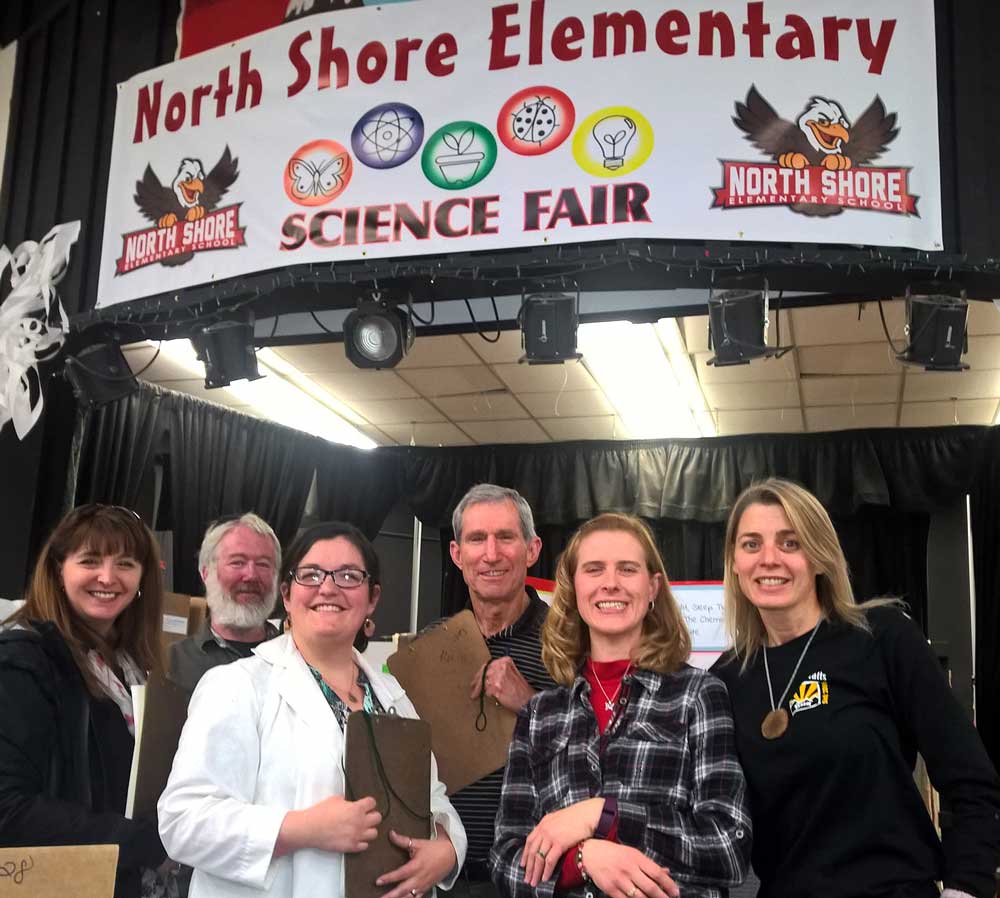 “What are my qualifications?” you ask. Well, a certificated teaching credential is probably the main reason I am asked back each year, as well as my day job of educating instructors in how to teach at an outdoor science school. I also like to think it is my love of science, experience teaching children, and ability to follow directions that gets me this annual gig. This February, I had an opportunity to judge with some very qualified professionals; from the Bear Valley Unified School District Superintendent to a United States Forest Botanist, the panel was stacked with experience.
“What are my qualifications?” you ask. Well, a certificated teaching credential is probably the main reason I am asked back each year, as well as my day job of educating instructors in how to teach at an outdoor science school. I also like to think it is my love of science, experience teaching children, and ability to follow directions that gets me this annual gig. This February, I had an opportunity to judge with some very qualified professionals; from the Bear Valley Unified School District Superintendent to a United States Forest Botanist, the panel was stacked with experience.
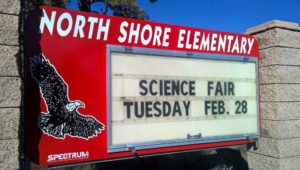 There were nearly 200 projects on display when I arrived at North Shore Elementary School (NSES). Mrs. Joy Wright, teacher and science fair coordinator, armed the judges with clipboards, ribbons, and rubrics, setting us loose by grade level to critique each project.
There were nearly 200 projects on display when I arrived at North Shore Elementary School (NSES). Mrs. Joy Wright, teacher and science fair coordinator, armed the judges with clipboards, ribbons, and rubrics, setting us loose by grade level to critique each project.
Our first step was to determine if the project was a true experiment or a presentation of a scientific process. While both of these are acceptable, they are judged differently. There were two different types of projects that we judged. One was a “Presentation” of the scientific process, in which a student explains a concept, such as the Nitrogen Cycle. The other type of project is a true “Experiment”, which uses the scientific method to test a hypothesis. Only these true experiments can move on to the county level.
We followed the criteria on the rubric we were given to conclude the ribbon awarded to each student. This is a lot of responsibility. Judges are looking for high quality, creative projects that follow all of the steps of the scientific process with appropriate documentation, data, and graphs: a great deal to ask of fourth, fifth, and sixth graders, and they rose to the standards.
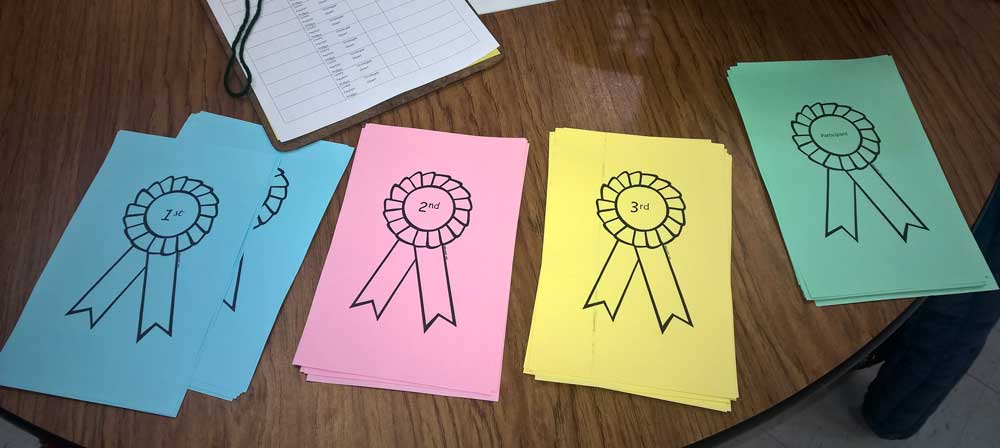 With so many projects from a variety of 10 – 12 year olds, you see which students are passionate about their projects, which students have a good amount of support from home (and sometimes too much support…parents?), and which students barely remembered to do their projects the night before the due date (hey, it happens). As a judge, I felt the pressure of selecting quality experiments; as an educator, I want all students to feel success in science and follow a path that is both inquisitive and problem solving.
With so many projects from a variety of 10 – 12 year olds, you see which students are passionate about their projects, which students have a good amount of support from home (and sometimes too much support…parents?), and which students barely remembered to do their projects the night before the due date (hey, it happens). As a judge, I felt the pressure of selecting quality experiments; as an educator, I want all students to feel success in science and follow a path that is both inquisitive and problem solving.
Such is the inner battle of the adjudicator: do not extinguish the spark and curiosity of youth, but be honest and fair.
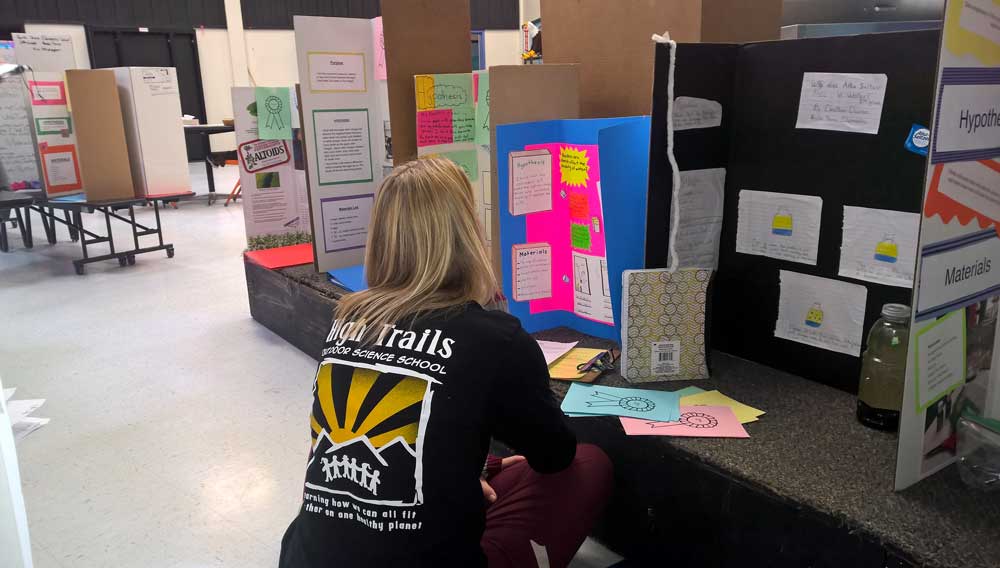 The elementary school science fair is a preliminary stepping stone to the county science fair. Only a select few projects can move on to this event by earning a Best in Show Ribbon. Two NSES projects were selected at this science fair: a well-executed project by a fifth grade boy testing how air pressure affects the trajectory of footballs (NFL inspired?) and a clever project by a sixth grade girl testing the flammability of kids’ pajamas after multiple washings (every parent should see this!).
The elementary school science fair is a preliminary stepping stone to the county science fair. Only a select few projects can move on to this event by earning a Best in Show Ribbon. Two NSES projects were selected at this science fair: a well-executed project by a fifth grade boy testing how air pressure affects the trajectory of footballs (NFL inspired?) and a clever project by a sixth grade girl testing the flammability of kids’ pajamas after multiple washings (every parent should see this!).
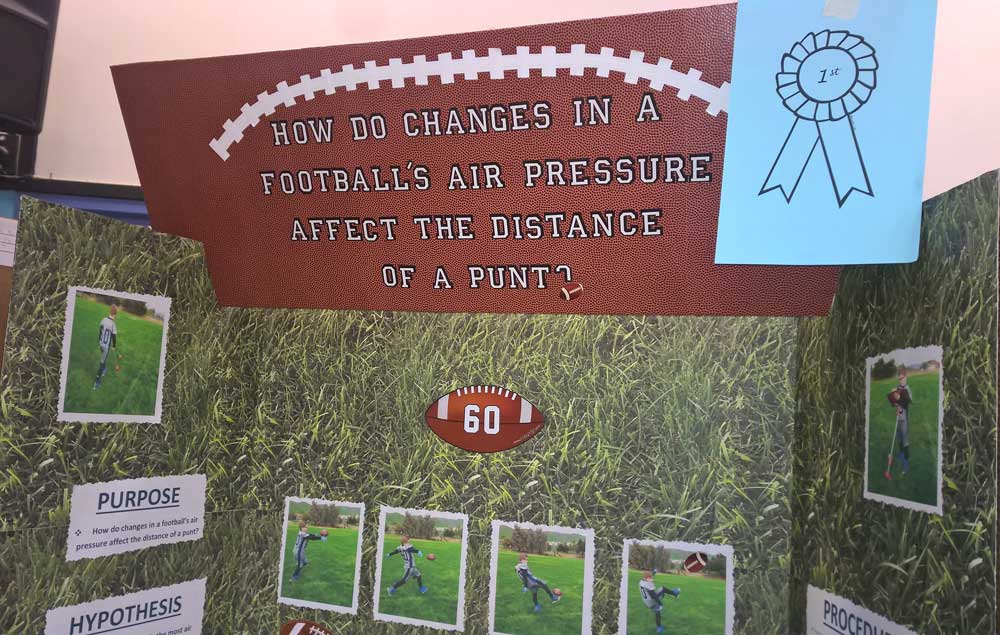 Both of these experiments were worthy of their awards and I look forward to seeing how they compete at the county level. I am especially excited that a female student is moving forward in competition and hope that this experience helps her choose a STEM-related path.
Both of these experiments were worthy of their awards and I look forward to seeing how they compete at the county level. I am especially excited that a female student is moving forward in competition and hope that this experience helps her choose a STEM-related path.
How can we encourage girls and young women to choose STEM futures?
In our community, the AAUW sponsors middle school girls each year in attending Tech Trek camp, a summer program for girls to explore STEM careers. If you are a female STEM professional, share your occupation with young people. Call up your local elementary or high school to see if you can be a guest speaker on a STEM topic. Or just volunteer for a day judging an elementary school science fair…an experience you won’t soon forget.
At High Trails Outdoor Science School, we literally force our instructors to write about elementary outdoor education, teaching outside, learning outside, our dirty classroom (the forest…gosh), environmental science, outdoor science, and all other tree hugging student and kid loving things that keep us engaged, passionate, driven, loving our job, digging our life, and spreading the word to anyone whose attention we can hold for long enough to actually make it through reading this entire sentence. Whew…. www.dirtyclassroom.com

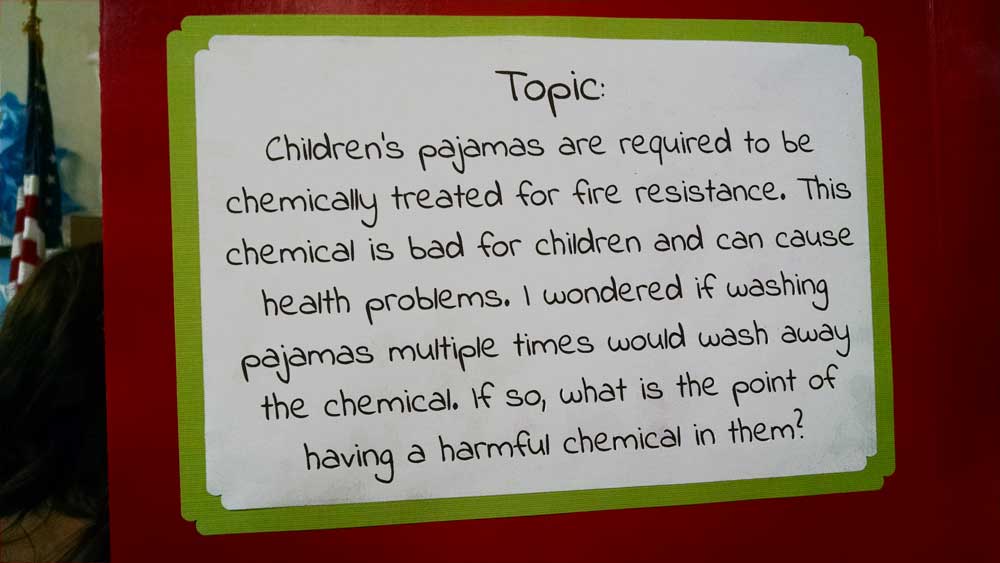
Comments are closed.